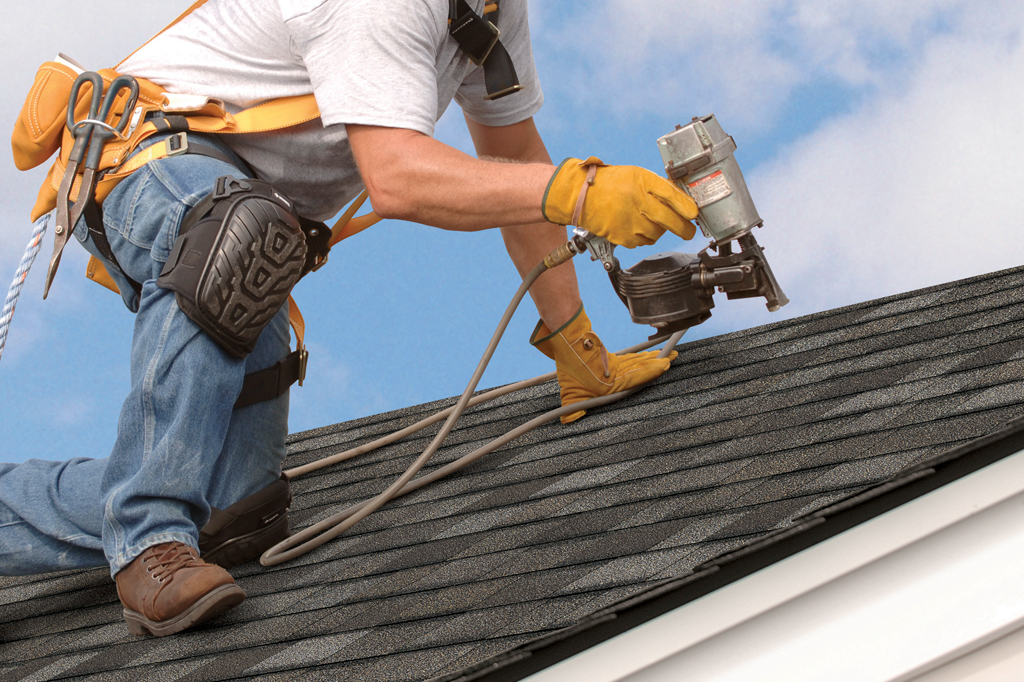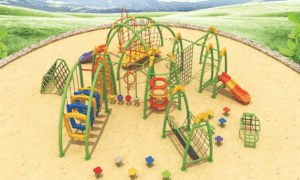Roof repair is necessary for homeowners to ensure their property remains structurally sound and protected from the elements. However, it’s crucial to prioritize safety during these repairs to prevent accidents and injuries. We will explore essential safety precautions that should be followed during roof repair projects.
Choosing the Right Safety Equipment
When embarking on a Roofing Repair Orlando project, selecting appropriate safety equipment is the first step to ensuring safety. This includes sturdy ladders, safety harnesses, non-slip footwear, and helmets. Ladders should be inspected for stability and placed on a firm surface. Harnesses must be securely fastened to prevent falls, especially on steep roofs or when working near edges. Non-slip footwear provides essential traction on potentially slippery surfaces, reducing the risk of slips and falls.
Weather Awareness and Preparation
Weather conditions play a significant role in roof repair safety. Before starting work, check the weather forecast to avoid working during rain, strong winds, or extreme temperatures. Wet or icy conditions can make surfaces hazardous and increase the risk of accidents. It’s essential to reschedule work for dry conditions whenever possible. Additionally, ensure the roof surface is dry and debris-free to prevent slipping hazards during repair activities.
Clear Communication and Team Coordination
Clear communication and coordination are essential for maintaining safety for larger roof repair projects involving a team of workers. Before starting work, discuss roles, responsibilities, and safety procedures with all team members. Establish clear signals and protocols for signaling potential hazards, such as moving equipment or starting repairs. Regularly check in with team members to promptly address any safety concerns and ensure everyone follows established safety protocols throughout the project.
Tool and Equipment Safety Checks
Proper maintenance and inspection of tools and equipment used during roof repair are critical for preventing accidents. Before starting work, inspect all tools for damage or defects, particularly those that involve electrical or mechanical components. Ensure power tools have grounded plugs and are used according to manufacturer guidelines. Use appropriate personal protective equipment (PPE) when handling tools that produce noise, dust, or flying debris to protect against eye injuries, hearing loss, and respiratory issues.
Fall Protection Systems and Barriers
Fall protection systems, such as guardrails, safety nets, and perimeter barriers, are essential safeguards during roof repair. Install guardrails around roof edges and openings to prevent accidental falls. Safety nets positioned beneath roof areas where work is performed can cushion falls and reduce the risk of serious injury. Ensure all fall protection systems meet regulatory standards and are installed correctly by trained personnel to maximize their effectiveness.
Emergency Preparedness and First Aid
Despite meticulous planning and precaution, emergencies can still occur during roof repair projects. It’s crucial to have an emergency action plan that includes procedures for responding to injuries, accidents, or adverse weather conditions. Ensure all workers are familiar with emergency protocols and the location of first aid supplies, fire extinguishers, and emergency exits. Consider conducting regular safety drills to practice emergency responses and familiarize team members with evacuation routes and procedures.
Roof Surface Evaluation and Preparation
Before starting any repair work, thoroughly evaluate the condition of the roof surface to identify potential hazards and structural weaknesses. Inspect for loose shingles, rotting wood, or unstable areas that could collapse under weight. Clear the roof of debris, such as leaves, branches, and tools, to minimize tripping hazards and ensure a clear workspace. Use caution when walking on older roofs, as aged materials may be more fragile and prone to breaking under pressure. By assessing the roof’s condition beforehand and preparing it properly, you reduce the risk of accidents and ensure a safer working environment for the duration of the repair project.
Regular Safety Training and Updates
To maintain a safety culture during roof repair projects, it’s essential to provide regular safety training and updates to all personnel involved. Training should cover hazard recognition, safe work practices, emergency procedures, and the proper use of safety equipment. Encourage ongoing education on new safety standards, techniques, and equipment to keep the team informed and vigilant. Investing in continuous safety training empowers workers to proactively identify and address potential risks, fostering a safer working environment and reducing the likelihood of accidents or injuries during roof repair operations.
Prioritizing safety during roof repair projects is paramount to preventing accidents and injuries. By choosing the proper safety equipment, staying aware of weather conditions, maintaining clear communication and coordination among team members, conducting thorough tool and equipment safety checks, implementing effective fall protection systems, and preparing for emergencies, homeowners and contractors can significantly reduce risks associated with roof repairs. Remember, investing time and effort into safety measures protects the individuals involved and ensures the successful completion of roof repair projects with minimal incidents.



































